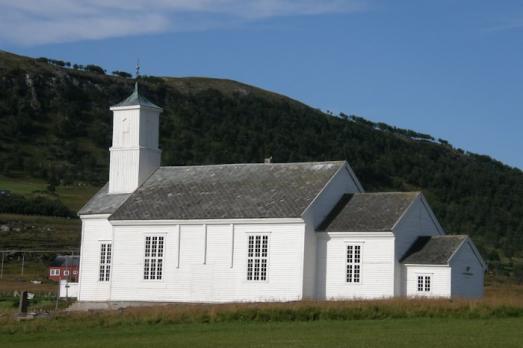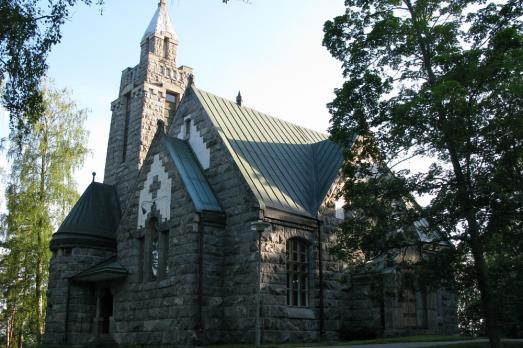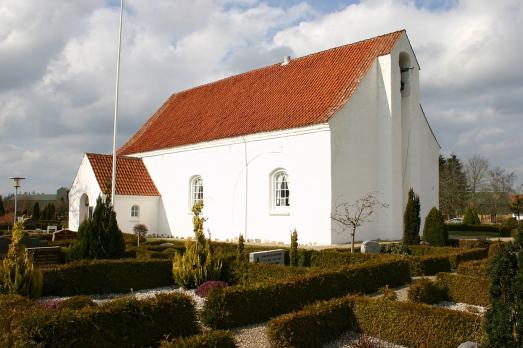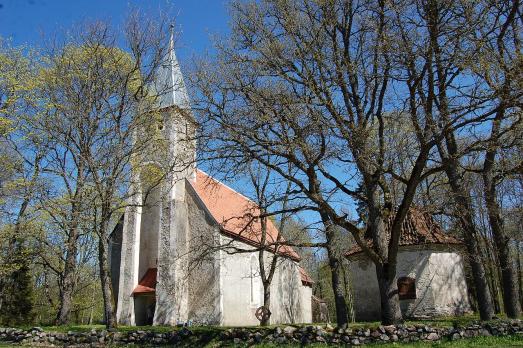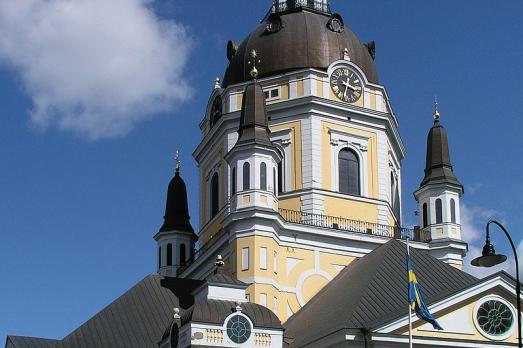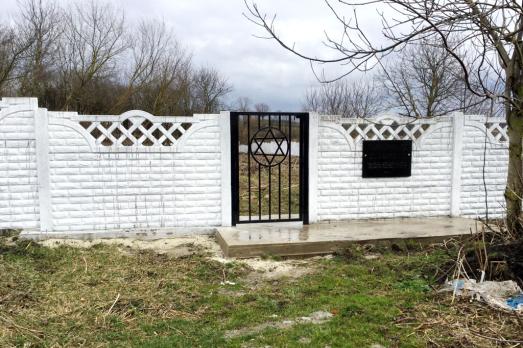
Karjaa Church
Karis, FI
Karjaa Church, or St Catherine's Church, is a medieval stone church probably built around 1465-1470. The church tower, with its medieval stone base, is a more recent construction, dating from 1768. The church has a stained glass window painted by the artist Gunnar Forsström.

